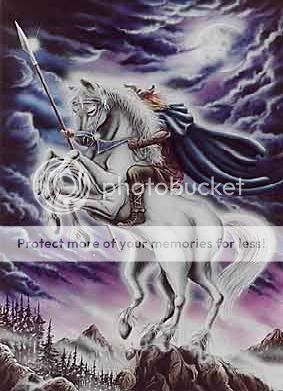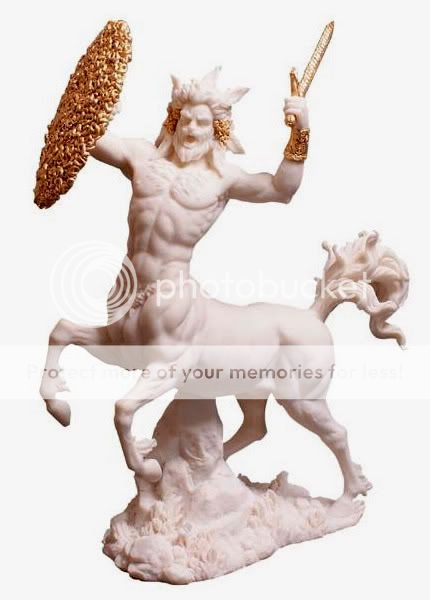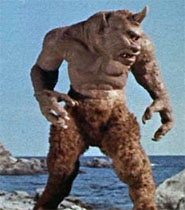Azakel
Liebe ist für alle da
Name a Mythological Creature you like here. Any one from any culture, I will start.
Phoenix:
by Micha F. Lindemans
In ancient Greek and Egyptian mythology, the phoenix is a mythical bird and associated with the Egyptian sun-god Re and the Greek Phoibos (Apollo). According to the Greeks the bird lives in Arabia, nearby a cool well. Each morning at dawn, it would bathe in the water and sing such a beautiful song, that the sun-god stops his chariot to listen. There exists only one phoenix at the time.
When it felt its death approaching (every 500 or 1461 years), it would build a nest of aromatic wood and set it on fire, and was consumed by the flames. When it was burned, a new phoenix sprang forth from the pyre. It then embalmed the ashes of its predecessor in an egg of myrrh and flew with it to Heliopolis ("city of the sun"). There it would deposit the egg on the altar of the sun god.
In Egypt is was usually depicted as a heron, but in the classic literature as a peacock, or an eagle. The phoenix symbolizes immortality, resurrection, and life after death. In that aspect it was often placed on sarcophagi. It is associated with the Egyptian Benu, the Garuda of the Hindus, and the Chinese Feng-huang.
Judaic lore mentions that the phoenix achieved its unique status as an immortal bird because it refrained from bothering the overburdened Noah during the Flood voyage (Sanh. 108b).

Phoenix:
by Micha F. Lindemans
In ancient Greek and Egyptian mythology, the phoenix is a mythical bird and associated with the Egyptian sun-god Re and the Greek Phoibos (Apollo). According to the Greeks the bird lives in Arabia, nearby a cool well. Each morning at dawn, it would bathe in the water and sing such a beautiful song, that the sun-god stops his chariot to listen. There exists only one phoenix at the time.
When it felt its death approaching (every 500 or 1461 years), it would build a nest of aromatic wood and set it on fire, and was consumed by the flames. When it was burned, a new phoenix sprang forth from the pyre. It then embalmed the ashes of its predecessor in an egg of myrrh and flew with it to Heliopolis ("city of the sun"). There it would deposit the egg on the altar of the sun god.
In Egypt is was usually depicted as a heron, but in the classic literature as a peacock, or an eagle. The phoenix symbolizes immortality, resurrection, and life after death. In that aspect it was often placed on sarcophagi. It is associated with the Egyptian Benu, the Garuda of the Hindus, and the Chinese Feng-huang.
Judaic lore mentions that the phoenix achieved its unique status as an immortal bird because it refrained from bothering the overburdened Noah during the Flood voyage (Sanh. 108b).
- Also known as: Phoinix
- Pronunciation: fee'-niks











